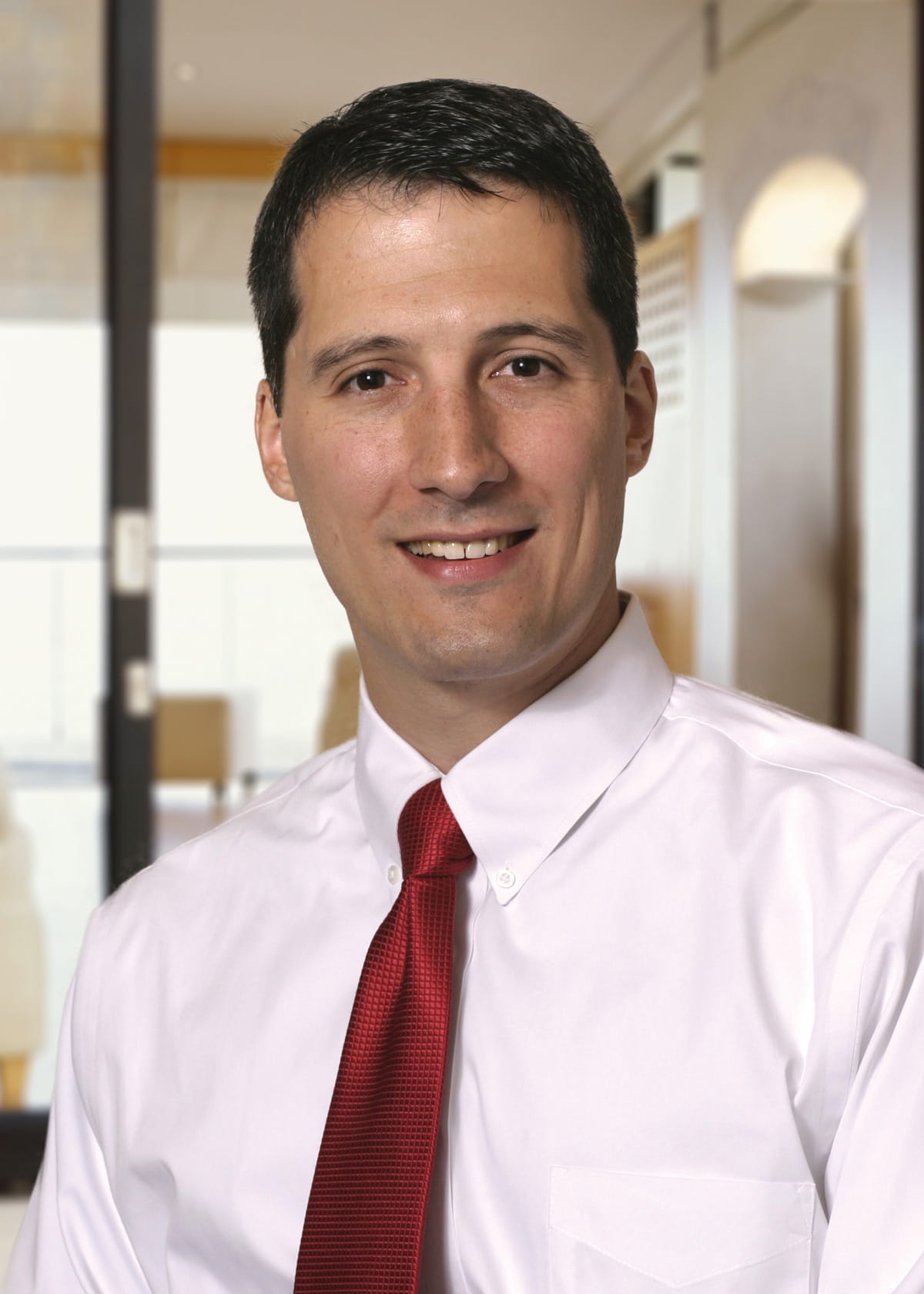September 24, 2012
 COLUMBUS, Ohio – A new study shows that people with Medicaid in Ohio have a much harder time scheduling appointments with dermatologists in private practice than with dermatologists who work at academic institutions. The study suggests that the disparity can potentially drive up the cost of health care and possibly result in delayed treatment of life-threatening medical conditions.
COLUMBUS, Ohio – A new study shows that people with Medicaid in Ohio have a much harder time scheduling appointments with dermatologists in private practice than with dermatologists who work at academic institutions. The study suggests that the disparity can potentially drive up the cost of health care and possibly result in delayed treatment of life-threatening medical conditions.
This study led by Dr. Matthew Zirwas, associate professor of dermatology at The Ohio State University Wexner Medical Center, was published as a research letter in the August Archives of Dermatology.
Zirwas’ research assessed disparities in access to dermatologic care and also determined that acceptance rates and wait times were different among academic and private dermatologists.
“Poor access to care means that patients with Medicaid or no insurance often have delayed diagnosis of medical conditions, which can be fatal,” said Zirwas. “In addition, these patients can have much higher health care expenditures because they sometimes see more than one primary care doctor in an effort to get successful treatment.”
Zirwas suggested that if the same patients had better access to specialists, they potentially could get a more targeted diagnosis and treatment.
The research team surveyed 204 dermatologists in Ohio, with 14 percent (29) in academic settings across the state and 86 percent (175) in private practices. All practices were randomly assigned to private or public insurance, and calls were placed by researchers posing as a new patient seeking an appointment. Researchers recorded whether the practice was willing to accept the new patient and, if so, how long the wait would be for the first available appointment.
Zirwas and his team found a 91 percent overall acceptance rate for those with private insurance, while publicly insured patients were accepted by 29.8 percent of the dermatologists surveyed. All of the academically-affiliated physicians randomized to the Medicaid group were willing to accept the new patient while just 17 percent (15) of the private practices randomized to public insurance would take the new patient.
In addition, privately insured patients in the study would have waited about 30 days to see a dermatologist, while publically insured patients would have waited an average of 66 days.
The study authors note that this research demonstrates the challenges faced by Medicaid patients and the underinsured who seek dermatologic care.
Medicaid is a federal-state program that helps pay for health care for the needy, aged, blind and disabled and for low-income families with children.
“As physicians we have a duty to help people, regardless of their insurance coverage. We must work together to find a solution for the benefit of all of our patients,” said Zirwas.
###
